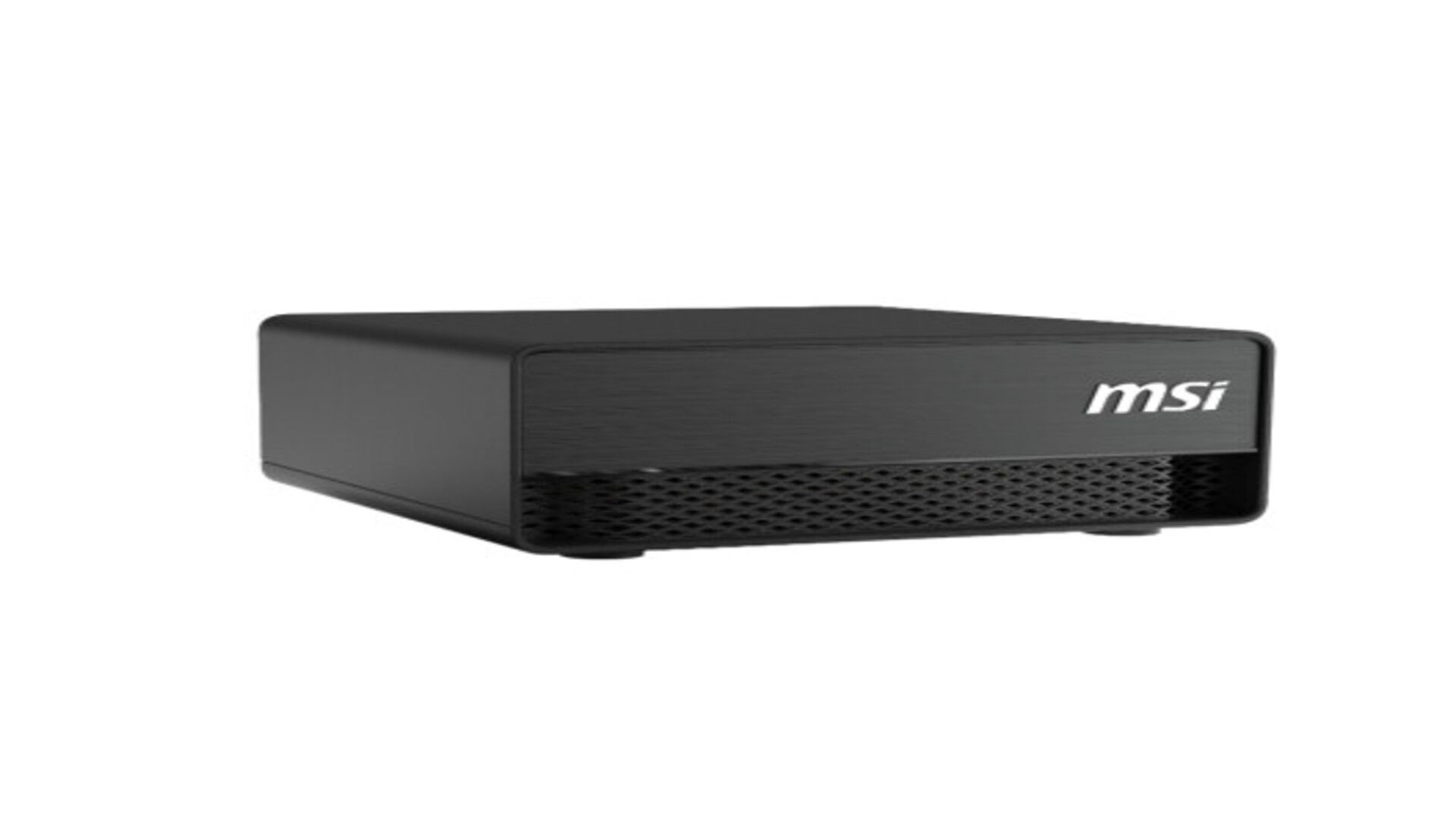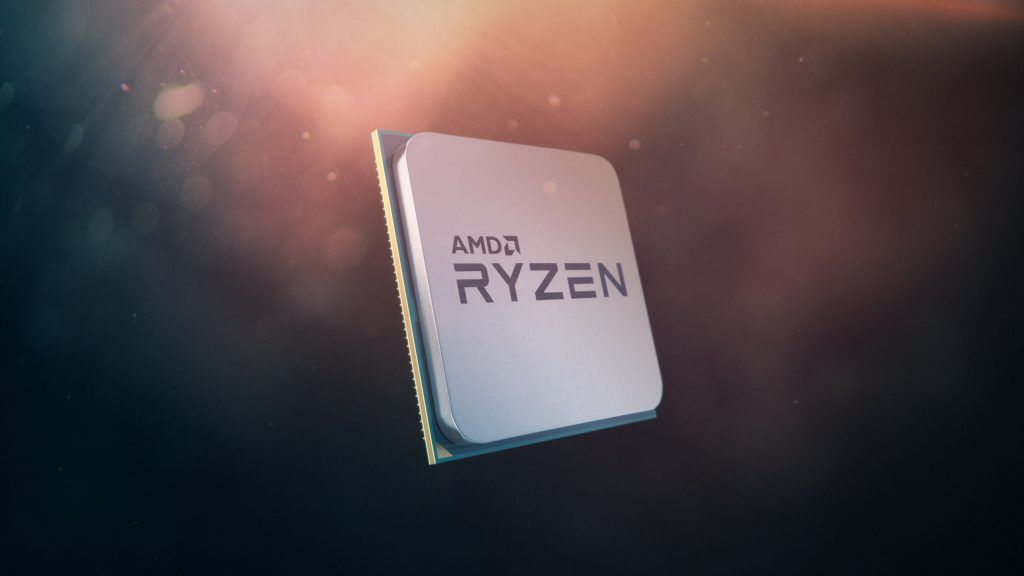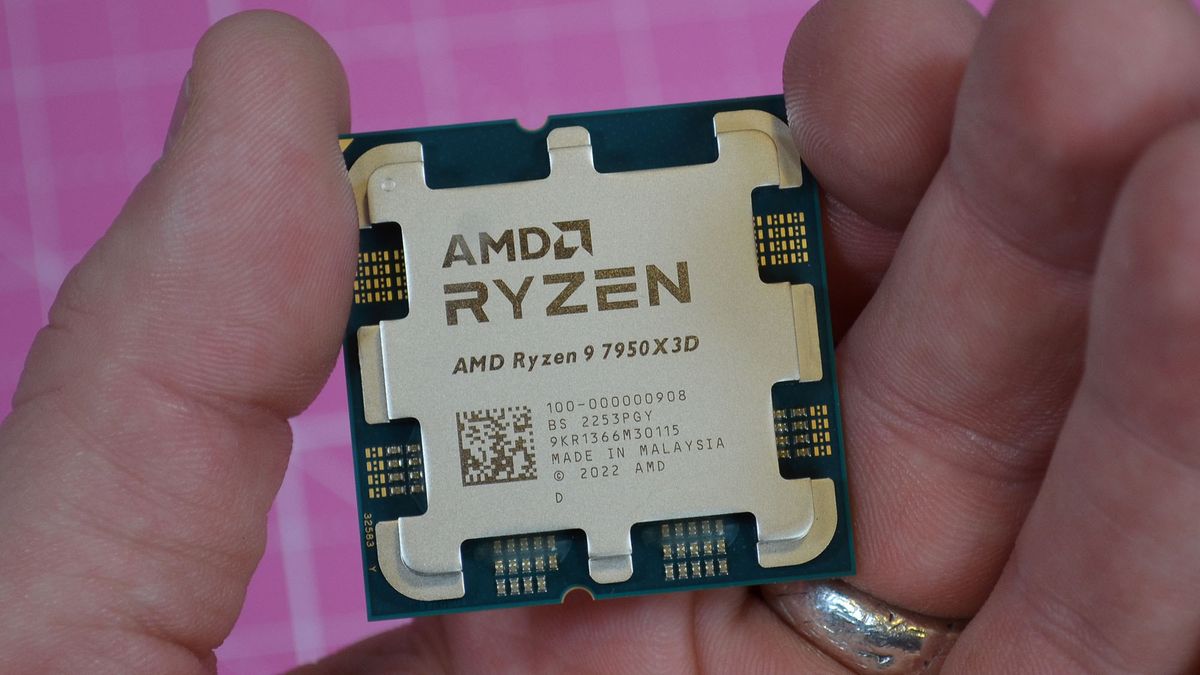- MSI Edgexpert sounds impressive, but calling him a supercomputer could be stretching reality
- The desktop supercomputers are a trend, but its usefulness still lacks real world validation
- Edgexpert de MSI could be ideal for developers who need local energy without trusting the cloud
MSI is the last participant in the race to miniaturize the infrastructure of AI with its next Edgexpert MS-C931, a compact desktop system placed as an AI supercomputer.
After the Dell Pro Max launches with GB10 and the Asus Ascent GX10, the new MSI machine is based on the NVIDIA DGX Spark platform and will be exhibited in Computex 2025.
While the hardware sounds formidable, questions remain about whether this device really lives on the high label of a “desktop desktop supercomputer”, or if it is simply a case of marketing overreach.
A powerful machine built on a family land
The Edgexpert MS-C931 is driven by GB10 Grace Blackwell Superchip de Nvidia, which delivers up to 1,000 ai performance tops (FP4), 128 GB of unified memory and high-speed Networks Connectx-7.
MSI says that the system is aimed at sectors such as education, finance and medical care, where data privacy and low latency could justify local hardware on cloud -based services.
Given its specifications, the MS-C931 could be classified among the most capable workstation PCs currently under development. Its high memory bandwidth and its AI -centered calculation also suggest that it could be a top -level PC for coding, especially for automatic learning or large -scale simulation tasks.
However, the real value of this product depends less on its unprocessed specifications and more than what MSI's statements are really on their purpose.
The phrase “AI desktop supercomputer” continues to be used generally, and the adoption of MSI raises concerns similar to those previously leveled in Asus and Dell.
A supercomputer, by definition, implies a mass parallel processing power, generally implemented in large -scale servers. The reduction of that concept to a single desktop machine, even with avant -garde components, feels more like the brand than technical precision.
MSI is not alone in this; Nvidia's DGX Spark frame itself seems at least partially designed to enable this type of positioning.
In spite of everything that is talking about supporting the first level AI tools and delivering a business degree performance on the edge, there is currently little evidence that these systems address the amplitude or scalability of the true supercomputing infrastructure.
Even 1,000 tops, although impressive, must be understood in the context of what modern teams of AI really require to train or execute LLM.
While MSI can succeed in delivering a dense and high performance system for localized inference and the creation of AI prototypes, the useful of the real world of the MS-C931 is probably narrower than the “supercomputer” label implies.
Until these machines try their value in practice, calling them desktop supercomputers feel more like the aspirational brand than a reflection of what they really deliver.
Through techpowerup









